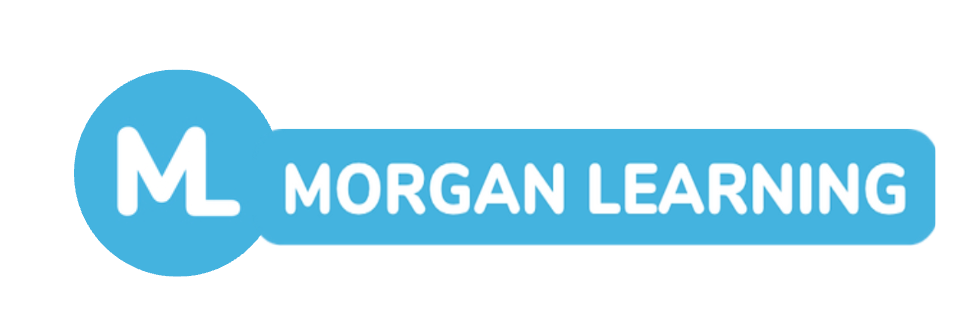Unlocking Literacy: A Dyslexia Exploration. Chapter 12 of Overcoming Dyslexia
- Josh Morgan

- May 14, 2024
- 2 min read
In our continued exploration of dyslexia, Chapter 12 of "Overcoming Dyslexia" sheds light on diagnosing dyslexia in school-aged children. As we delve into this crucial topic, I'm thrilled to share insights gleaned from my coursework on becoming a Dyslexia Specialist or CALT. Let's navigate the diagnostic process together and empower our students for success.
Chapter 6:
Diagnosing Dyslexia in School-aged Children
Defining Dyslexia: Unexpected Underachievement
At the heart of diagnosing dyslexia lies the concept of unexpected underachievement. While test scores provide valuable data, they alone cannot capture the nuanced experiences of dyslexic learners. Diagnosis is a clinical judgment based on a comprehensive understanding of the individual's history, learning profile, and cognitive abilities.
The Evaluation Process: Unraveling the Reading Puzzle
Establishing a diagnosis of dyslexia involves a three-step process:
Identifying a reading problem appropriate for the individual's age or education level.
Gathering evidence to support the unexpectedness of the difficulty.
Demonstrating evidence of a phonological weakness, while other language functions remain relatively unaffected.
Decoding the Components of Reading Tests
Reading tests play a pivotal role in the evaluation process, focusing on decoding and comprehension abilities. Dyslexia is often characterized by accurate but non-fluent reading, emphasizing the importance of assessing decoding skills using standardized tests such as real word or pseudo-word reading assessments.
Synthesizing Test Results: Crafting a Comprehensive Profile
Effective diagnosis requires synthesizing multiple test scores, clinical observations, and historical data. By considering the discrepancy between cognitive abilities and reading performance, clinicians can develop a holistic understanding of the individual's dyslexia profile.
Understanding Dyslexia Variants: From Phonological Weakness to Hyperlexia
Dyslexia manifests in various forms, each with unique characteristics:
Developmental Dyslexia: Primarily characterized by phonological weakness, with intact language systems and unaffected intelligence.
Language Learning Disability: Involves deficits in language aspects, affecting both decoding and comprehension.
Acquired Alexia: Results from brain trauma, leading to a loss or diminution of reading ability.
Hyperlexia: A rare disorder characterized by exceptional word recognition skills but poor reading comprehension, often evident from an early age.
Empowering Action: Advocating for Diagnosis and Support
As educators, specialists, and families, we play vital roles in advocating for dyslexic learners. By recognizing the signs, seeking comprehensive evaluations, and embracing diverse dyslexia profiles, we can ensure timely interventions and tailored support for every child.
Call to Action:
Educators: Advocate for dyslexia awareness and comprehensive evaluations within your school community, fostering a supportive environment for dyslexic learners.
Specialists: Utilize your expertise to conduct thorough dyslexia evaluations, empowering families with actionable insights and personalized intervention plans.
Families: Partner with educators and specialists to advocate for your child's needs, leveraging diagnostic insights to access appropriate support and accommodations.
Together, let us champion dyslexia awareness, understanding, and support, paving the way for every child to thrive academically and beyond.






Comments